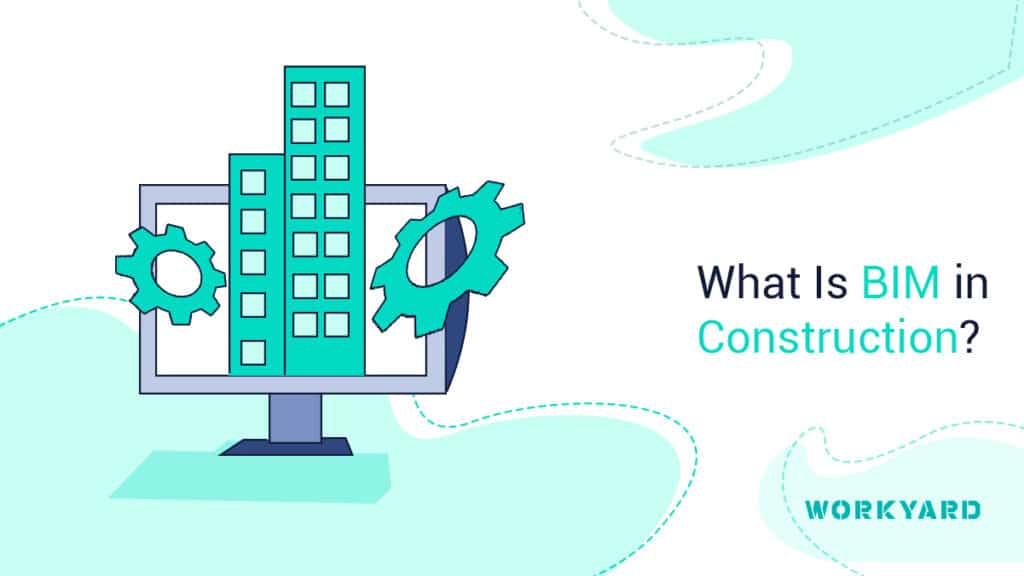BIM has revolutionized the construction industry by offering a digital representation of physical assets through a 3D model. BIM’s digital tools are great at breaking down silos that often occur in traditional computer-aided design (CAD) approaches.
The construction industry relies heavily on BIM for planning, designing, constructing, and managing building projects. It provides valuable information on geometry, spatial relationships, material quantities, and schedules. Architects, engineers, contractors, and owners all benefit from BIM.
Enhanced communication across construction projects has been a key advantage of BIM. Cloud-based technology ensures that all stakeholders can access project information from any location, fostering a unified vision among teams. This improved workflow helps streamline large-scale projects, reducing their lifecycle and enhancing overall efficiency.
BIM also aids in risk management by identifying hazards and risks early in the process, leading to safer construction sites. When it comes to cost analysis, BIM is thorough, providing more accurate estimates for materials, shipping, and labor.
Since BIM is reliable at predicting project outcomes, it also presents more opportunities for innovation prior to a project’s kickoff. Experiencing the built environment before construction begins can foster creativity and promote more informed decision-making across the board.
All in all, implementing BIM improves communication, cost management, risk mitigation, and overall project outcomes. Its benefits can even extend beyond the construction process. Detailed models produced in BIM provide ample information about the assets being built, which is useful for management and renovation in the future.

